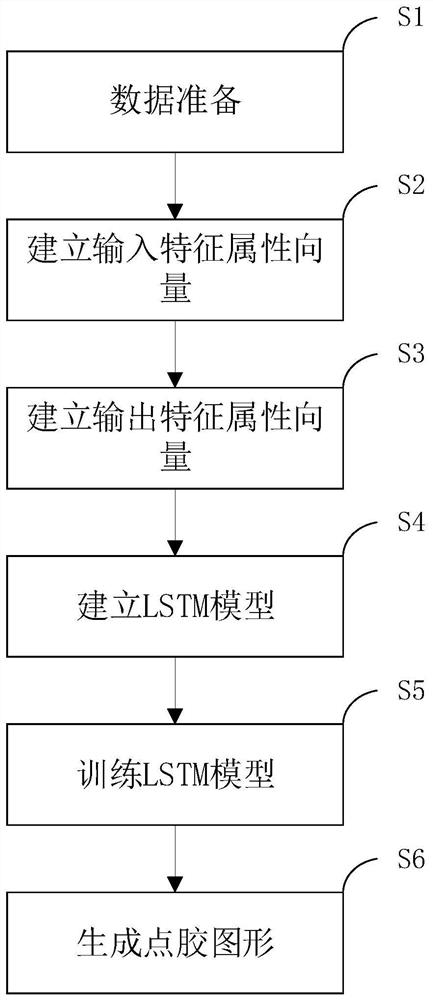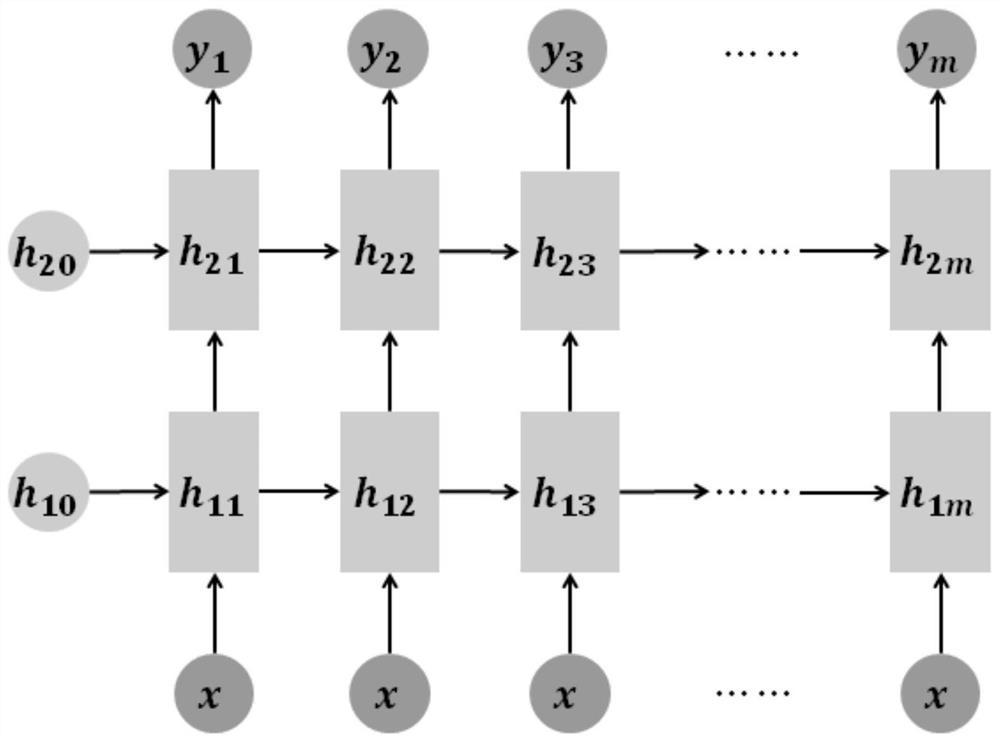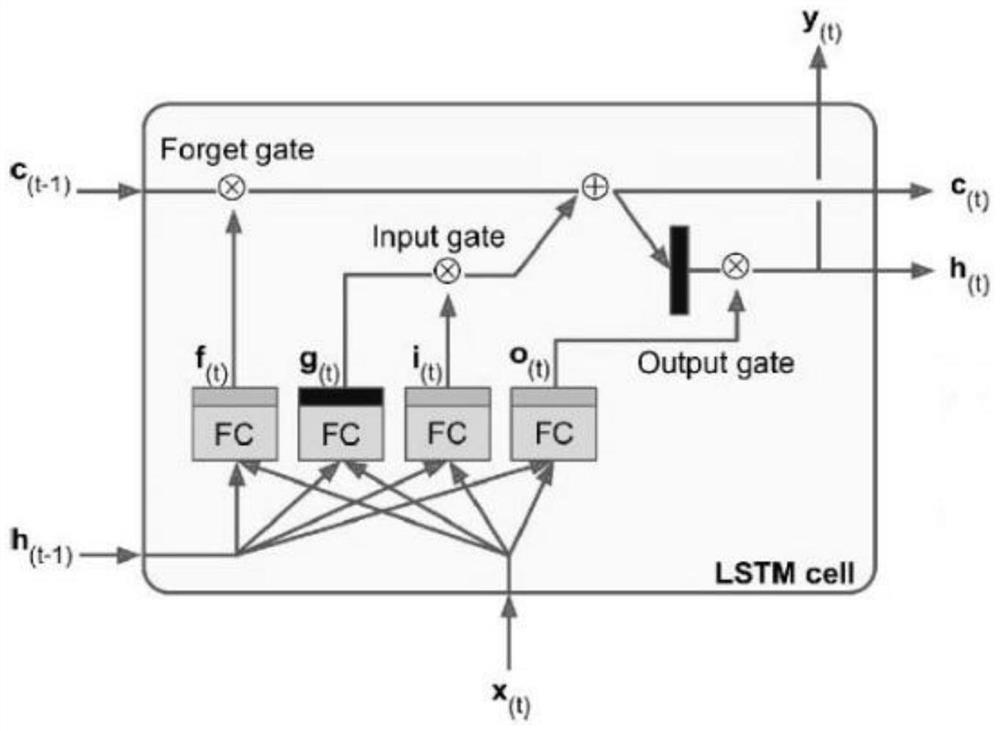LSTM-based intelligent generation method for dispensing graph
A graphics and dispensing technology, applied in neural learning methods, biological neural network models, instruments, etc., to save material costs, reduce training parameters, and shorten the test cycle.
- Summary
- Abstract
- Description
- Claims
- Application Information
AI Technical Summary
Problems solved by technology
Method used
Image
Examples
Embodiment 1
[0039] Such as figure 1 As shown, an LSTM-based method for intelligently generating dispensing graphics includes the following steps:
[0040] S1. Data preparation: collect the input features and output features of the automatic placement data to form a data set, and divide the data set into a training set, a verification set and a test set;
[0041] S2. Establishing an input feature attribute vector: preprocessing the input feature to obtain an input feature attribute vector;
[0042] S3. Establishing an output feature attribute vector: preprocessing the output feature to obtain an output feature attribute vector;
[0043] S4, establish LSTM model: such as Figure 2-3 As shown, design the LSTM structure and hyperparameters to establish the LSTM model;
[0044] S5. Training LSTM model: Design the loss function and optimization algorithm of the LSTM model, use the input feature attribute vector and the output feature attribute vector to perform LSTM model training, correct h...
Embodiment 2
[0047] Such as figure 1 As shown, an LSTM-based method for intelligently generating dispensing graphics includes the following steps:
[0048] S1. Data preparation: collect the input features and output features of automatic placement data to form a data set, divide the data set into training set, verification set and test set; input features include: numerical features, ordinal features and nominal features; output The feature is the coordinate sequence of the dispensing pattern; the total number of samples in the data set is not less than 1000 groups, and the proportions of the training set, verification set and test set are: 70%, 20%, 10%;
[0049] S2, establish the input feature attribute vector: such as Figure 4 As shown, the input feature is preprocessed to obtain the input feature attribute vector;
[0050] S21. Define numerical features, and perform normalization processing on the numerical features to obtain numerical feature vectors; the numerical features are chip ...
Embodiment 3
[0062] Such as figure 1 As shown, for a set of existing automatic placement process parameters and corresponding dispensing patch effects (given according to the GJB548B evaluation standard), the sample size of the data set is 1000, and an LSTM-based intelligent generation method for dispensing graphics is designed , including the following steps:
[0063] S1. Data preparation: collect the input features and output features of automatic placement data to form a data set, divide the data set into training set, verification set and test set; input features include: numerical features, ordinal features and nominal features; output The feature is the coordinate sequence of the dispensing pattern; the total number of samples in the data set is not less than 1000 groups, and the proportions of the training set, verification set and test set are: 70%, 20%, 10%;
[0064] S2, establish the input feature attribute vector: such as Figure 4 As shown, the input feature is preprocessed t...
PUM
 Login to View More
Login to View More Abstract
Description
Claims
Application Information
 Login to View More
Login to View More - Generate Ideas
- Intellectual Property
- Life Sciences
- Materials
- Tech Scout
- Unparalleled Data Quality
- Higher Quality Content
- 60% Fewer Hallucinations
Browse by: Latest US Patents, China's latest patents, Technical Efficacy Thesaurus, Application Domain, Technology Topic, Popular Technical Reports.
© 2025 PatSnap. All rights reserved.Legal|Privacy policy|Modern Slavery Act Transparency Statement|Sitemap|About US| Contact US: help@patsnap.com



